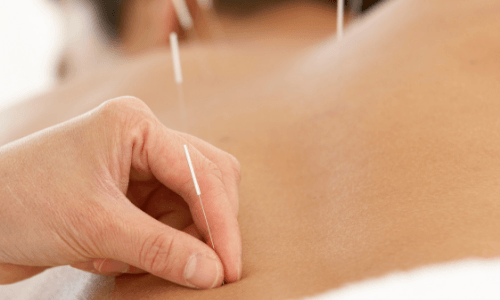Traditionally, acupuncture aims to rebalance the energy that flows along the meridian points of the body with the insertion of fine sterilised needles into the skin. This works by stimulating nerves in the muscle tissue and under the skin. Traditional practitioners believe that acupuncture can restore the body’s energy flow or Qi with acupuncture.
Acupuncture therapy is carried out on clients who have had a medical diagnosis and is often used to treat issues such as headaches, lower back pain and nausea after chemotherapy, IBS and osteoarthritis. Occasionally, acupuncture is used as an alternative treatment for infertility or anxiety for example. The National Institute for Health and Care Excellence (NICE) recommends acupuncture for chronic lower back pain and migraines, backed by scientific evidence.
Acupuncture practitioners should either be regulated healthcare professionals or belong to an acupuncture association. Some patients have recorded short term effects of feeling drowsy or dizzy as a side effect, but patients should not feel pain during the treatment apart from tingling sensations. Sessions generally last from 20 to 40 minutes and can stretch for up to ten sessions. There is a short discussion about the client’s general health, medical history and a short medical examination before any needles are inserted. Up to 12 acupuncture points will be chosen depending upon the symptoms of the sufferer and areas of pain. These needles are generally left in the skin for up to 30 minutes. Sometimes the practitioner may stimulate the needles with a mild electric current in a procedure known as electroacupuncture.

